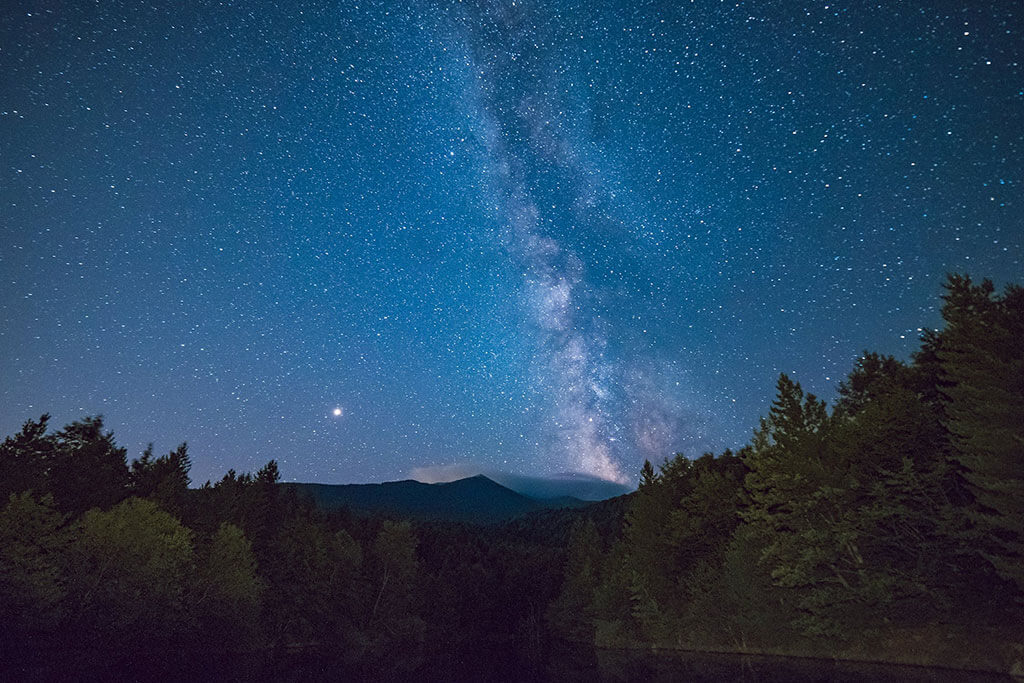
12
August
Hamilton Amateur Astronomers: View the Perseid Meteor Shower
Watch the Perseids meteor shower with the Hamilton Amateur Astronomers at the Binbrook Conservation Area from 8 to 11pm on Saturday August 12. Admission is free so bring the whole family for a fun evening under the stars! There will also be a meteorite display, night sky tour and members will set-up their telescopes for observing celestial objects.
Bring a blanket or lounge chair as lying down is one of the best ways to enjoy the meteor shower.

19
July
Recreational Astronomy Night
Watch the YouTube video

8
August
UofT Knox College: An Astronomical Potpourri
Now in its 24th year, the Knox College Summer Program is a non-degree morning lecture series for the curious mind. The series focuses on diverse subjects with lectures presented by experts in their fields.

22
July
UofT Annual AstroTour Keynote: New Ways to Search for Extraterrestrial Intelligence
How common is life in the universe? Is there other intelligent life? For over 50 years, astronomers have been conducting the search for extraterrestrial intelligence (SETI). These searches have primarily been focused at radio wavelengths, but in the last decade astronomers are thinking of new ways to search for extraterrestrial communication. I will give an overview of humanity’s quest in finding extraterrestrial intelligence, as well as future methods and programs that are on the horizon.

1
November
Pape/Danforth Library: Toronto's Astronomical Heritage
Join us as Dr. John Percy, Professor Emeritus, Astronomy and Astrophysics at University of Toronto discusses how Toronto became a "centre of the universe" for astronomical research, education, and outreach.

19
July
SciCommTO: Science Slam
Come out and join us for an evening of laughs and science! Hear science enthusiasts to talk about their passion for science in a unique way. A song, stand-up, comedy skit, spoken word; The possibilities are endless!
Line up:
MC – Andrew Ivimey (@Ivimey)
Ankur Chakravarthy, Princess Margaret Cancer Centre (@ARChakravarthy)
Ekaterina An, University of Toronto (@an_ekat)
Dean Ross, Freelance Singer (@RealDeanRoss)
Elliann Fairbairn, SciCommTO (@ElliFairbairn)

17
October
S. Walter Stewart Library: Chronicles of a Peculiar Universe: The Social Habits of Galaxies
Most galaxies enjoy the company of other galaxies and organize into various shapes known as the "cosmic web." Many of them also like to spin - creating beautiful disks of stars and gas. PhD student George Conidis examines our own galaxy, The Milky Way, and its friends to better understand the social habits of disk galaxies and how they spin.
Chronicles of a Peculiar Universe is a series of talks presented in collaboration with York University's Faculty of Science.

12
October
Lillian H. Smith Library: Chronicles of a Peculiar Universe: How to Get to Mars
For decades NASA has been sending orbiters, landers and rovers to Mars for research and exploration, and the agency is aiming to send humans to the Red Planet in the 2030s. Professor John Moores provides an overview of our past, present and future missions to Mars.
Chronicles of a Peculiar Universe is a series of talks presented in collaboration with York University's Faculty of Science.
Note: Speaker was previously Professor Robin Metcalfe who is not able present due to unforeseen circumstances. We apologize for any disappointment.

11
October
Danforth/Coxwell Library: Chronicles of a Peculiar Universe: Quasar, Quasar, Burning Bright
Quasars are the brightest objects in our Universe and are formed when matter spirals into supermassive black holes. They contain rotating disks as big as our solar system and hotter than the Sun. Professor Patrick Hall discusses these fascinating objects and how they tap the strong gravity of black holes.
Chronicles of a Peculiar Universe is a series of talks presented in collaboration with York University's Faculty of Science.

6
July
UofT AstroTour: Using Interstellar Plasma Lenses as Billion Kilometre Telescopes
Fifty years ago, two radio telescopes across Canada were combined to achieve the resolution of a telescope 3000 km across, a technique now known as VLBI. Interstellar plasma lenses bend light from sources like pulsars, creating multiple images of the same source on the sky. When we combine these images in the same way as radio telescope on Earth, we can measure the position and motion of their source. Since instead of being telescopes separated by 3000km these images are separated by billions of km, this results in remarkably high precision.
